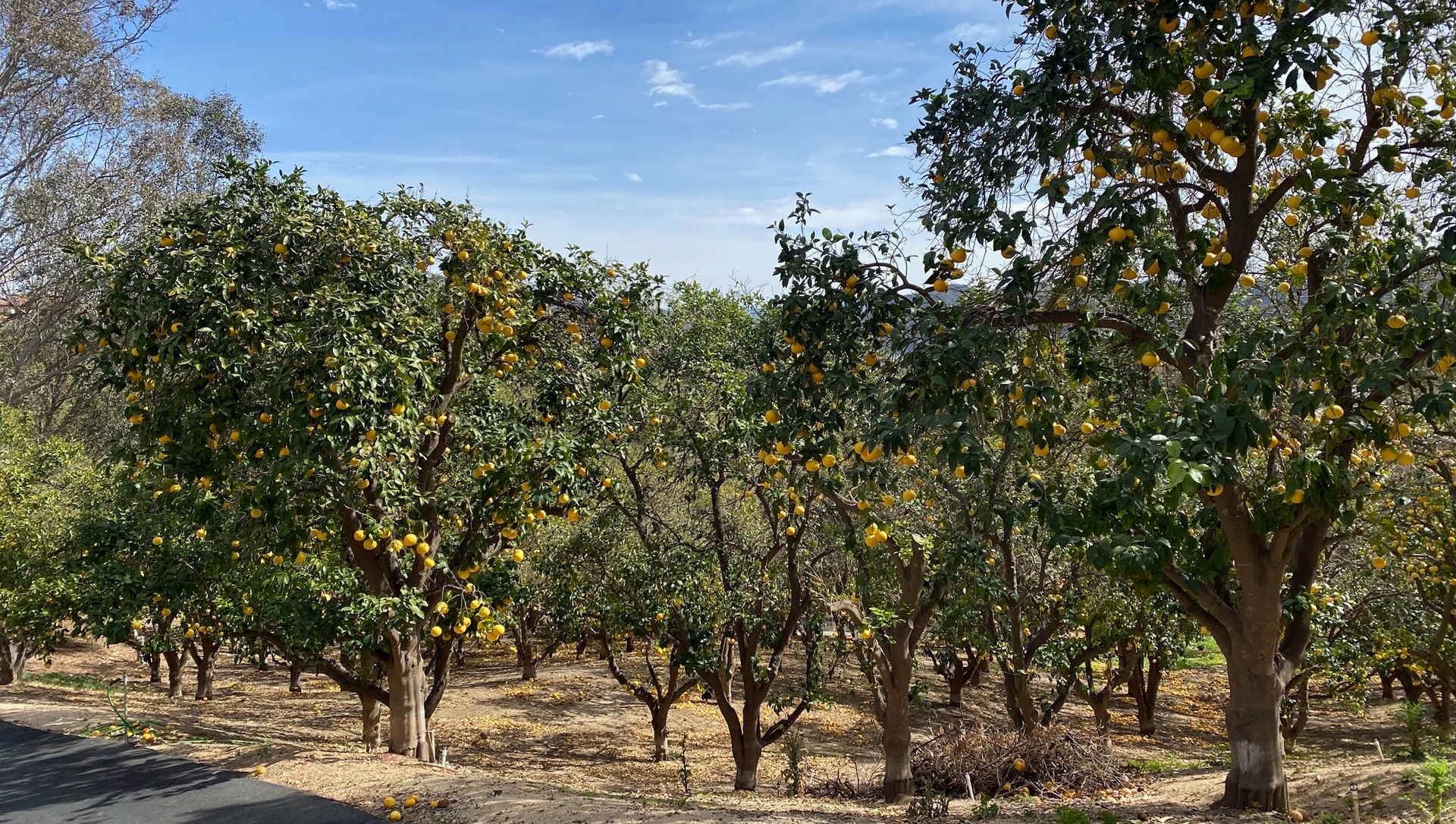
As California’s citrus industry continues to prevent the spread of Huanglongbing (HLB) into commercial groves, it is important for industry members to actively share their perspectives and experiences with their delegates on the Citrus Pest & Disease Prevention Committee (CPDPC) to ensure we’re continually improving in our fight against HLB.
First established in 2009, the CPDPC works on behalf of California citrus growers across the state. Through oversight of the Citrus Pest & Disease Prevention Program’s statewide work plan and actions to advise the California Secretary of Agriculture, the CPDPC’s goal is to inform the agricultural industry at-large about efforts to combat serious pests and diseases that could threaten California’s citrus industry, including the Asian citrus psyllid (ACP) and HLB.
Program efforts include detection and removal of HLB-infected trees, suppressing psyllid populations, enforcing regulations and quarantines in partnership with county agricultural officials, implementing biocontrol techniques to limit the spread of psyllids, data sharing and analysis among various stakeholders, and implementation of an outreach program to growers, elected officials and homeowners to ensure cooperation and awareness.
In the effort to best support the interests of California citrus growers, packers, haulers, nurseries, pest control advisors and all other industry stakeholders, the CPDPC wants to hear from you. Make your voice heard and connect with your local committee representative today about ways in which you – and the California citrus industry as a whole – can prevent the spread of the ACP and HLB.
Contact the CPDPC: citruscommittee@cdfa.ca.gov
All CPDPC meetings are open to the public and public participation is encouraged. Citrus Insider has all upcoming Committee and Subcommittee meetings posted on the calendar of events.
The threat posed by this deadly disease could have a devasting impact on the citrus industry, but by working together and sharing ideas and perspectives, we can save California’s citrus.
